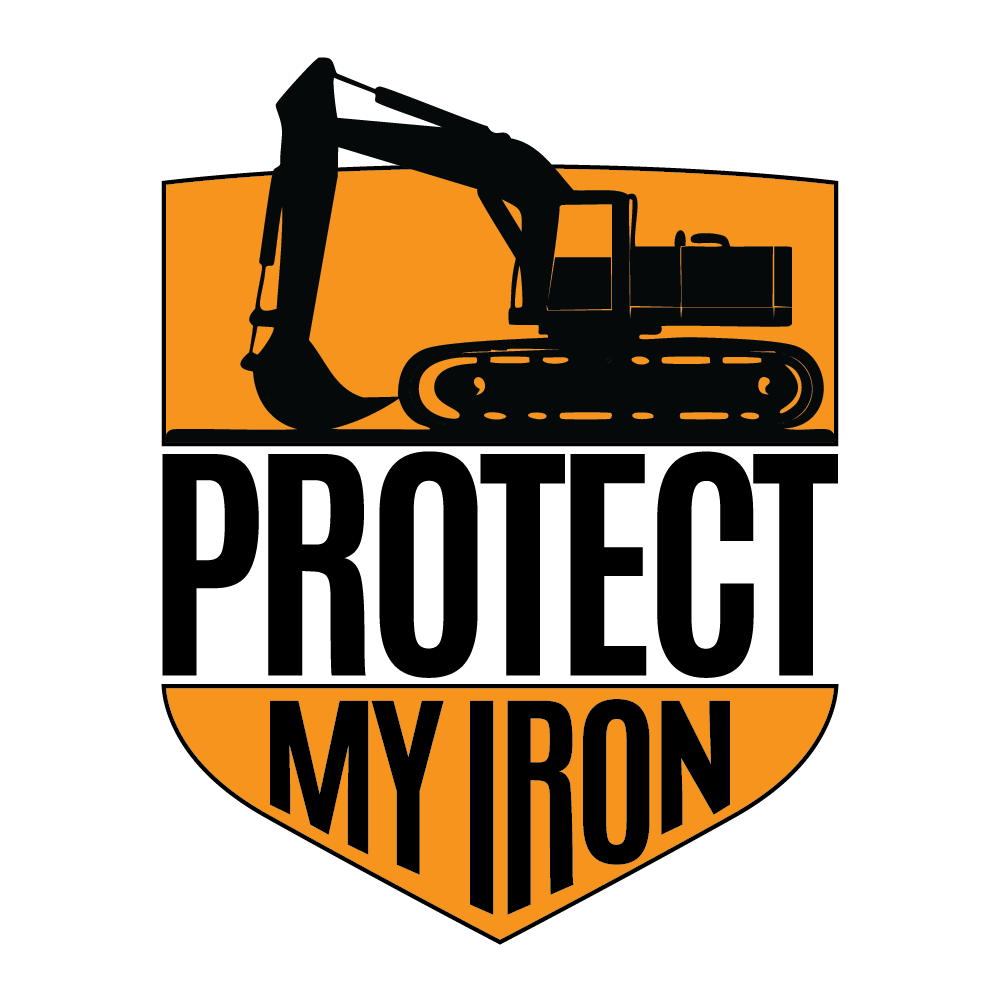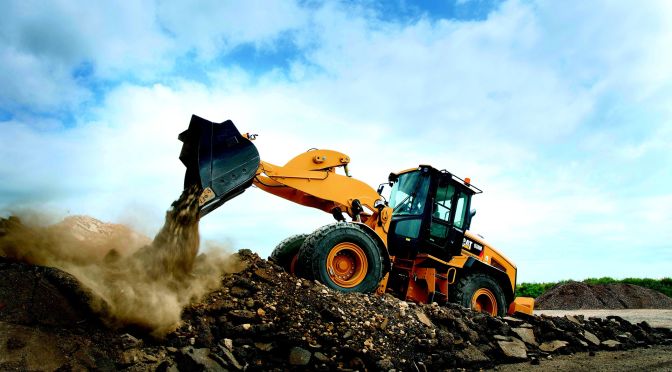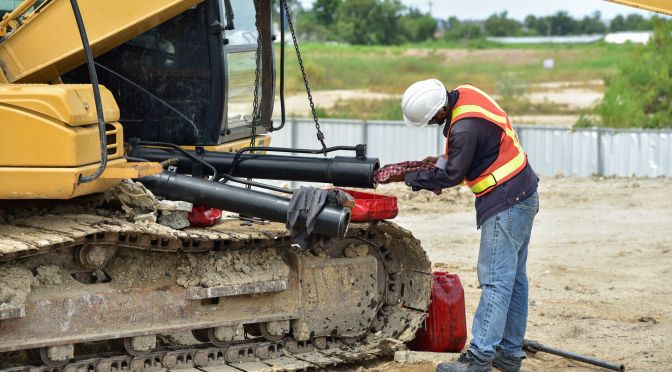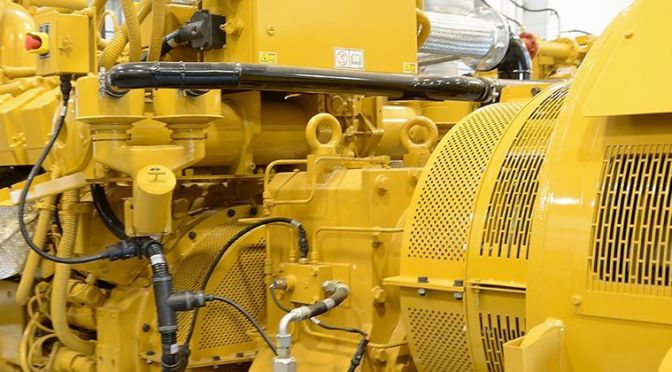A wheel loader is a versatile and powerful heavy machinery found on many building sites and construction projects. It can load and transport heavy materials around the job site and lift almost anything from dirt and debris to soil, rubble, and gravel.
However, like other equipment, wheel loaders can get damaged and stop working when used roughly and improperly. Unskilled operators can shorten heavy machinery’s life and minimize productivity by incorrectly operating it or misusing certain functions to accelerate component wear.
Transmission wear is one of the most common issues that plague wheel loaders. Improper shifting between reverse and forward can cause unexpected wear on the clutch and transmission.
Often operators use high-speed shifting to meet their numbers, leading to premature wear and tear. This article explains wheel loader warranty claims caused by high-speed shifting and how to prevent them.
What are High-Speed Shifts Exactly?
High-speed shifts can be the culprit if your wheel loader experiences transmission or clutch issues. It means when operators fail to stop the equipment while moving between directions.
Operators often use the torque and transmission converter to switch directions. They reverse the wheel loader, shove it in the forward gear, and accelerate, or vice-versa.
The machine components will overheat if operators load trucks continuously without touching the brakes. Although it can speed up the cycle, it may cause the unexpected failure of costly components.
3 WAYS TO TURN WHEEL LOADER TRANSMISSION REPAIRS CAUSED BY HIGH-SPEED SHIFTING
Operators that don’t use brakes when switching between directions overheat the torque converter and transmission. This high-speed shifting (shifting gear before halting) causes unnecessary, premature wear and tear.
Listed below are three easy and effective ways to avoid wheel loader warranty claims caused by high-speed shifts:
OPERATOR TRAINING
Believe it or not, heavy machinery operator training and skill are necessary, especially when new machines are added to the fleet. Operators hopping on new equipment may not even know they misuse it.
Without adequate knowledge about its technologies, features, and idiosyncrasies, operators may run wheel loaders similar to other heavy machines. With technology moving faster than ever, uninformed equipment operation can cause various issues, leading to wear and tear or damage.
Besides training, operator manuals can be a valuable resource to know how to operate the equipment better and be more productive.
Whether a new worker or an established operator, proper training to handle wheel loaders or other equipment is key to machine longevity and reliability.
INCORPORATE REVERSE BY BRAKING SYSTEM
An intelligent feature, Reverse-by-Braking (RBB) system can reduce fuel consumption and improve driveline durability and operator comfort.
When switching from reverse to forward and vice versa, RBB applies brakes rather than a torque converter, reducing the speed and stress on the transmission and converter.
USE MACHINE INSIGHTS
If your wheel loader doesn’t have a reverse-by-braking system, you can use machine insights and data to avoid transmission repairs caused by high-speed shifts.
Ask dealers for equipment tracking system reports. These reports will provide an in-depth view of a machine, including the operator’s behavior, operation data, and more.
In addition, telematics can offer valuable insights into wheel loader misuse and use. You can easily monitor high-speed shifts and other incorrect operations.
KEEP YOUR WHEEL LOADERS WORKING SEAMLESSLY
Wheel loaders or other machinery are heavy investments you need to protect to avoid costly repairs.
Follow the abovementioned tips to enhance uptime and productivity and reduce transmission repairs caused by high-speed shifts that cause premature wear and tear.



